1. I Love Lucy Faced Trouble Over Pregnancy
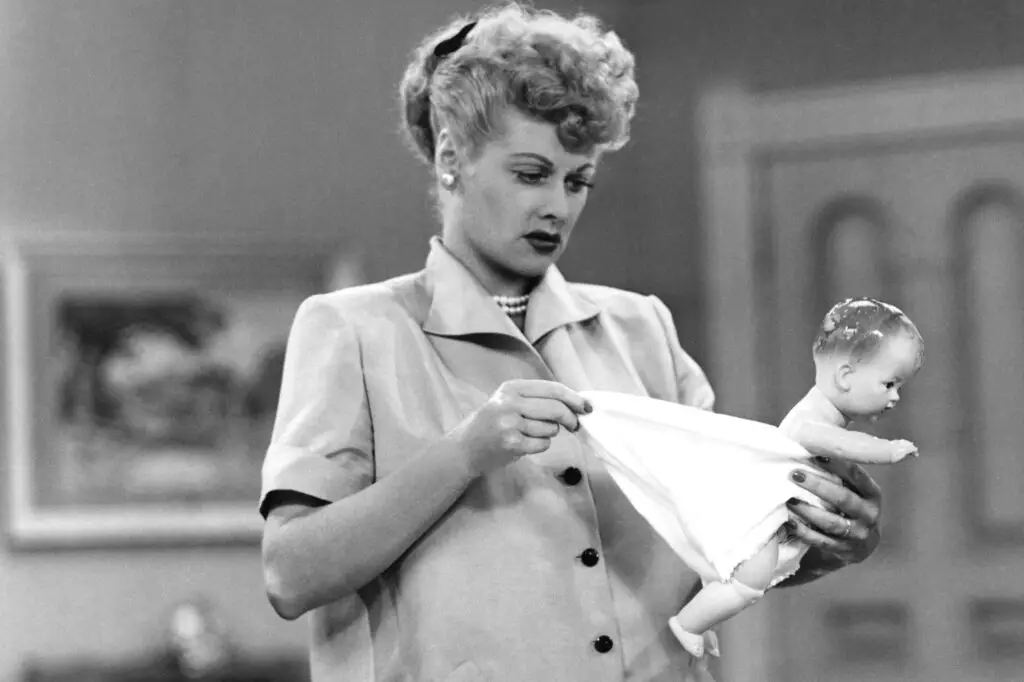
It’s hard to imagine a world without I Love Lucy, but believe it or not, the show almost got the ax when Lucille Ball became pregnant in real life. In the early ‘50s, the idea of showing a pregnant woman on TV was practically taboo. Executives were nervous, advertisers were panicking, and the word “pregnant” wasn’t even allowed on air shares Woman’s World.
Luckily, Ball and Desi Arnaz weren’t ones to back down. They insisted on keeping the pregnancy storyline, using the word “expecting” instead and even bringing in a priest, a rabbi, and a minister to review the scripts. The result? One of the most iconic and groundbreaking moments in television history. That birth episode ended up being more watched than President Eisenhower’s inauguration adds Time Magazine.
2. The Brady Bunch Nearly Lost Out Over a Bathroom
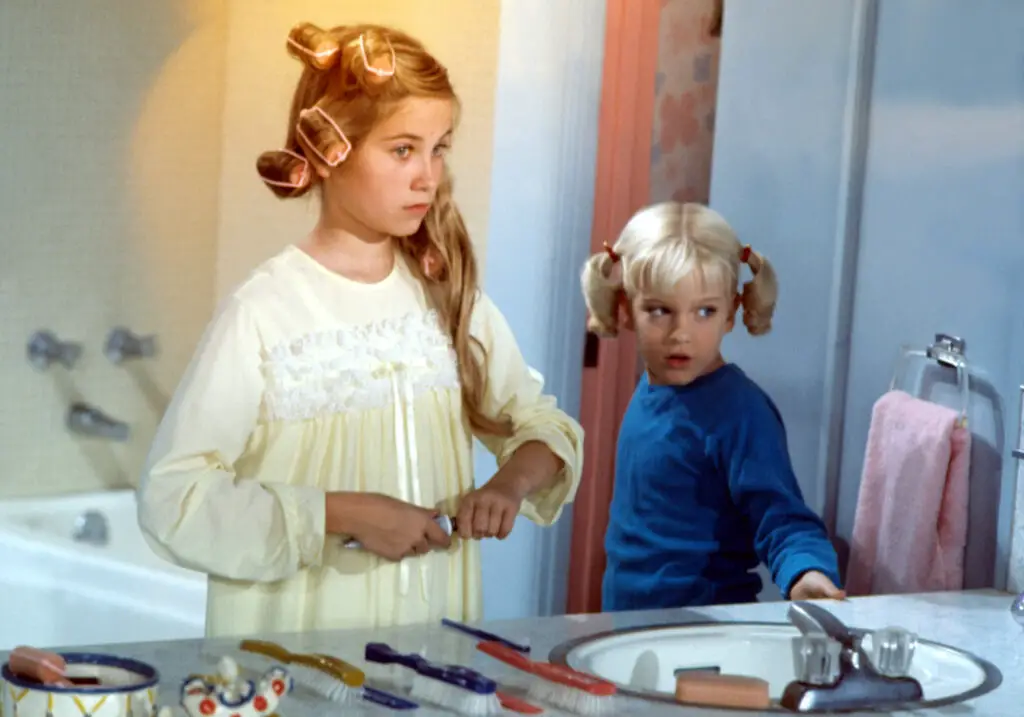
Here’s something you might not have noticed: the Brady kids never had a toilet in their shared bathroom. That was a deliberate choice, thanks to some network censors who thought showing a toilet—even just the top of it—was too controversial. The producers fought hard to include it, thinking it was a small and realistic detail, but ABC wasn’t budging shares CBR.
The standoff got so intense that there were rumblings about shelving the whole thing. In the end, a compromise was struck—they got the bathroom, just not the toilet itself. It seems silly now, but in the late ‘60s, this was a serious battle. Thankfully, the bathroom controversy didn’t flush the whole show away. And somehow, they made it through five seasons without one toilet in sight says Yahoo.
3. Gilligan’s Island Almost Sank Before Setting Sail
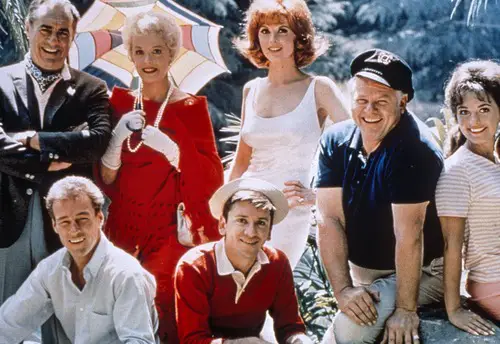
Gilligan’s Island was pitched as a lighthearted comedy, but CBS executives initially hated the pilot. One executive even called it “the worst thing I’ve ever seen.” The bizarre part? The only reason it didn’t get canned immediately was because the network president’s wife loved it.
She apparently caught a screening and found the characters charming and the idea fun, which swayed her husband to give it another shot. Without her random intervention, we may never have met the bumbling first mate or the Professor who could build a radio from coconuts. Even after it aired, critics weren’t kind—but audiences didn’t care. It quickly became a cult hit, especially with younger viewers.
4. The Twilight Zone Was Almost Canceled for Being Too Smart
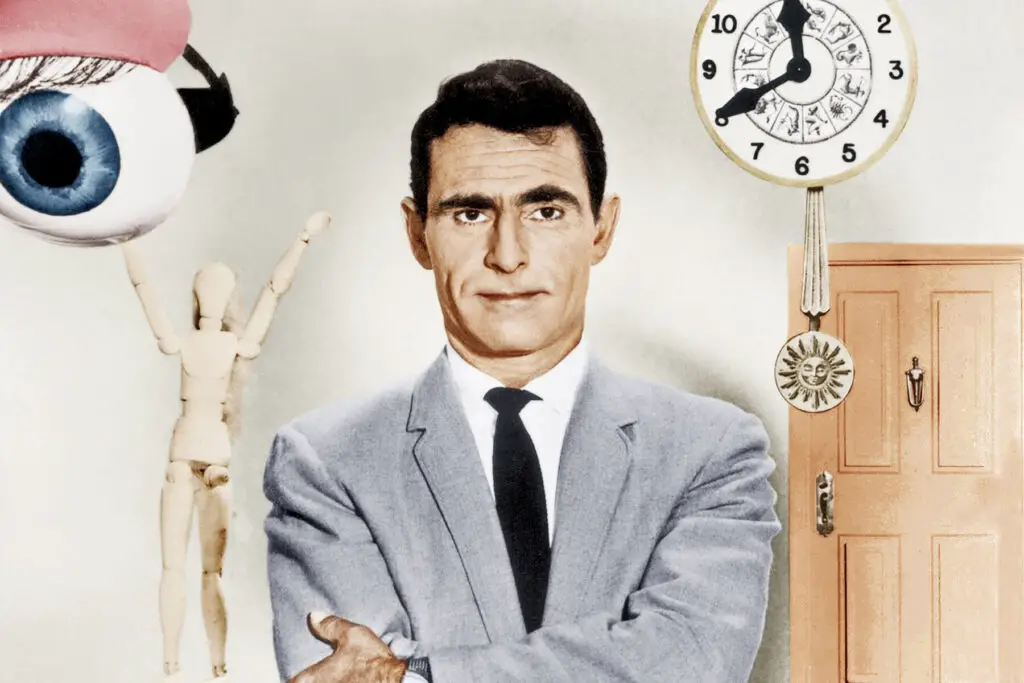
Rod Serling’s The Twilight Zone was ahead of its time—and maybe a little too ahead for network execs. The cerebral themes, biting social commentary, and unusual storytelling style had CBS wondering if it would go over people’s heads. They feared it was too intellectual for the average viewer.
There were murmurs of cancellation early on, and Serling was forced to defend the show constantly. He even had to tone down some of the more political scripts just to keep it on the air. But eventually, the show found its audience, and its influence grew. Still, it’s wild to think that a show so revered today was almost shelved for being “too smart.”
5. Cheers Nearly Got Cut After Its Awful Ratings
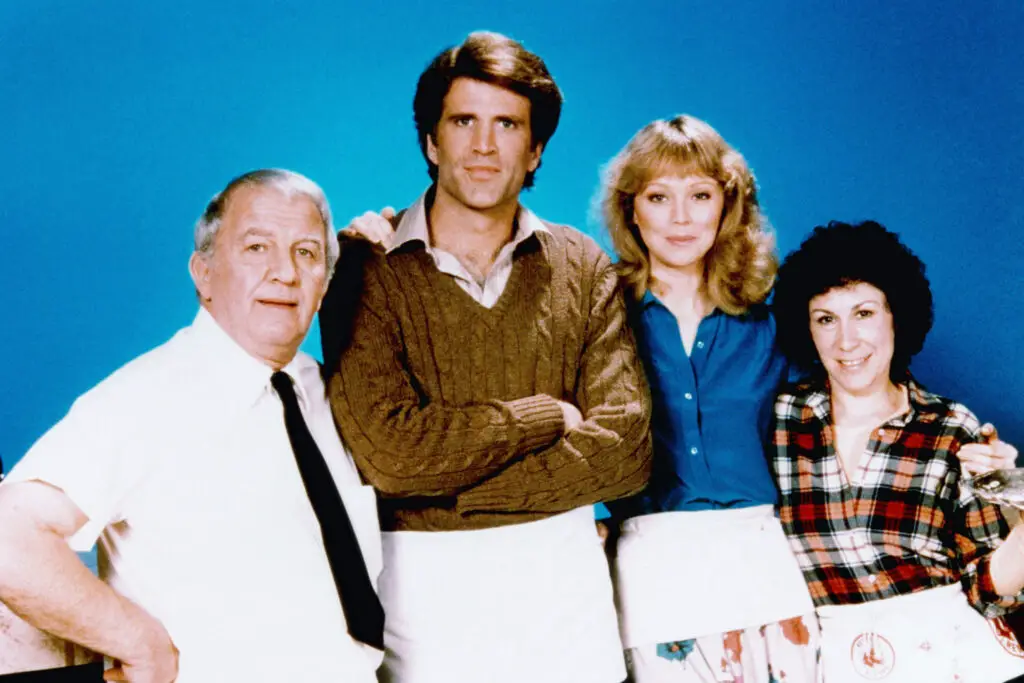
When Cheers premiered in 1982, it didn’t exactly come out of the gate swinging. In fact, it ranked dead last in the Nielsen ratings its first season. NBC considered pulling the plug, thinking the bar-based sitcom wasn’t connecting with viewers at all.
But the network stuck it out, thanks in part to a small but loyal fanbase and a belief in the show’s strong writing. Over time, word of mouth helped bring in more viewers, and the cast’s chemistry began to shine. By the third season, it was a full-blown hit. Funny how the place where everybody knows your name was almost one nobody ever heard of.
6. Mister Rogers’ Neighborhood Was Derailed by a Government Hearing

Fred Rogers was beloved by generations, but his show almost didn’t survive due to budget cuts from public television funding. In 1969, there was a proposal to slash PBS’s funding drastically, and Mister Rogers’ Neighborhood was one of the shows on the chopping block. Rogers, in his usual calm and sincere way, took his case directly to the U.S. Senate.
He gave a heartfelt speech about the emotional development of children and the importance of kindness, which ended up swaying even the most skeptical lawmakers. One senator who was initially against the funding said, “I think it’s wonderful. Looks like you just earned the $20 million.” It’s not every day that a cardigan and a soft voice can save a television show. But Rogers wasn’t your everyday TV star.
7. Happy Days Was Almost Yanked Because of Fonzie’s Jacket
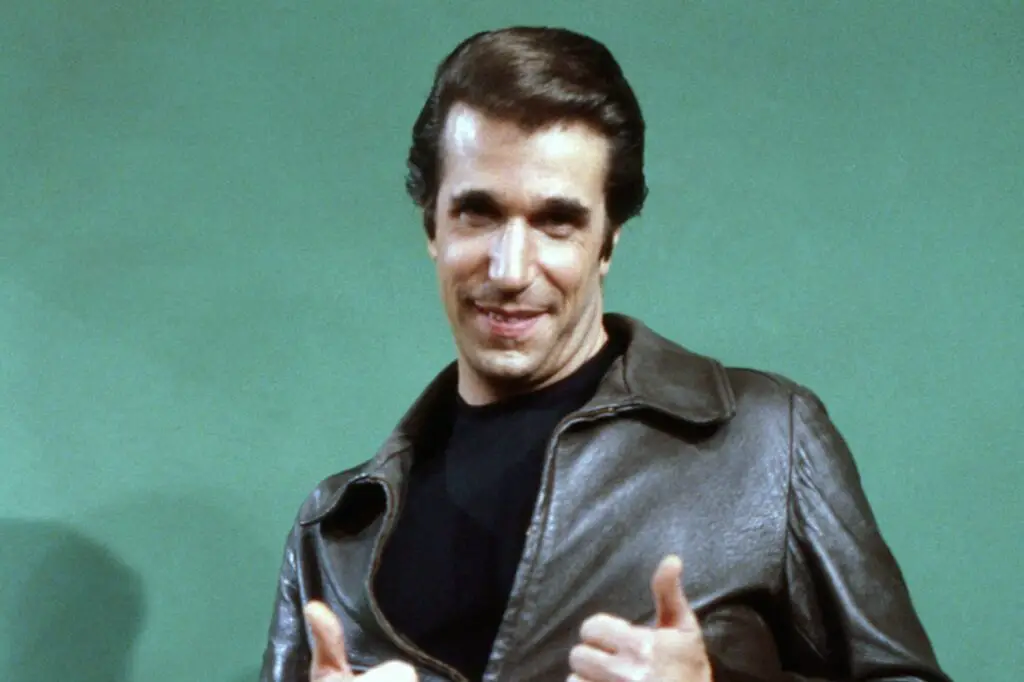
When Happy Days began, network censors were strangely concerned about Fonzie’s leather jacket. They thought it made him look like a delinquent and initially insisted he only wear it while near his motorcycle. That made for some weird logistics, like randomly having a bike in the middle of Arnold’s diner.
Henry Winkler and the producers pushed back, arguing that Fonzie without his leather jacket just wasn’t Fonzie. Eventually, the jacket stayed—and became iconic. The character’s popularity soared, and Fonzie ended up being one of the most beloved figures on TV. Funny how a piece of clothing nearly unraveled the whole show.
8. The Beverly Hillbillies Was Too “Stupid” for Some Executives
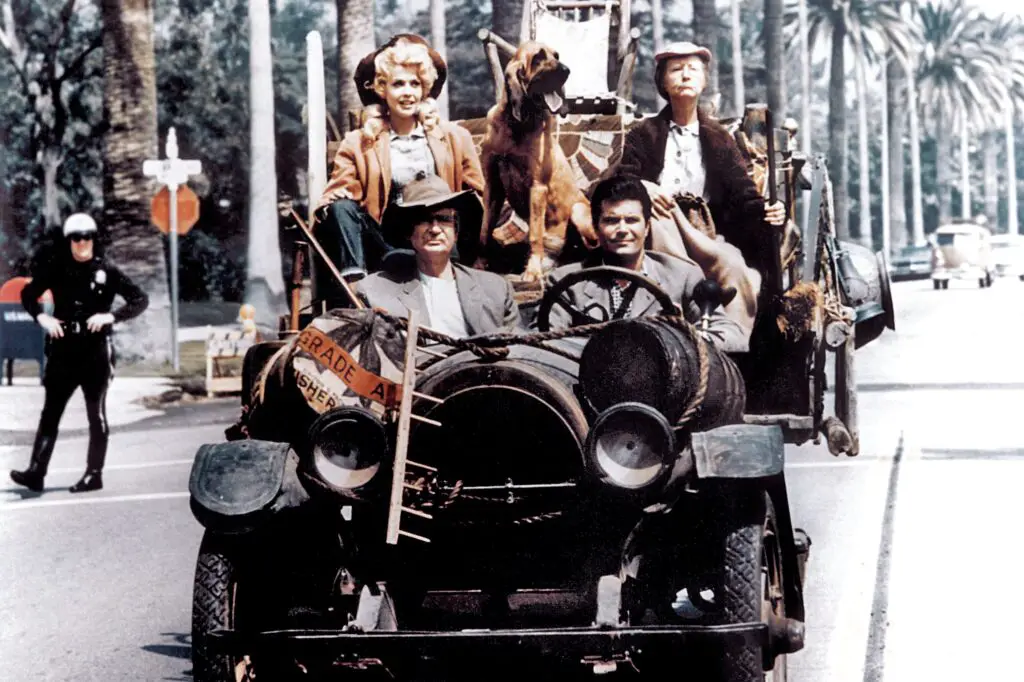
Executives weren’t thrilled when The Beverly Hillbillies was pitched. They thought the concept was silly and that audiences wouldn’t want to watch a bunch of country folk stumble around Beverly Hills. One CBS exec reportedly said it was “too dumb to air.”
But the show’s creator, Paul Henning, believed in the characters and the humor, and he had enough clout to get it through the early doubts. When it premiered, the ratings were through the roof. It became one of the most-watched shows of the decade. Turns out people loved the Clampetts—and their cement pond.
9. M*A*S*H Was Almost a One-Season Wonder
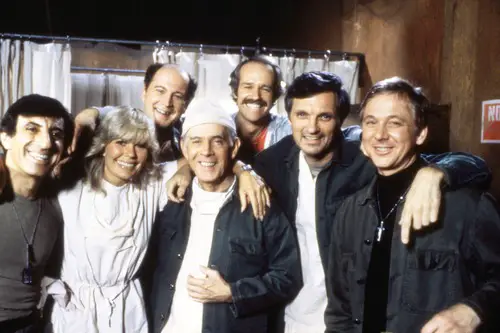
M*A*S*H may be considered one of the greatest shows in TV history now, but its first season was a rough one. Ratings were middling, and executives worried the dark humor and war setting wouldn’t sit well with audiences still reeling from Vietnam. There was serious talk of cutting it after that first run.
Fortunately, CBS gave it a second season, and the show gradually found its groove. It balanced comedy with poignant drama in a way no show had before. By the time it ended, it had one of the most-watched finales in history. But for a while, it looked like M*A*S*H might not make it past its pilot.
10. The Dick Van Dyke Show Had the Wrong Lead at First
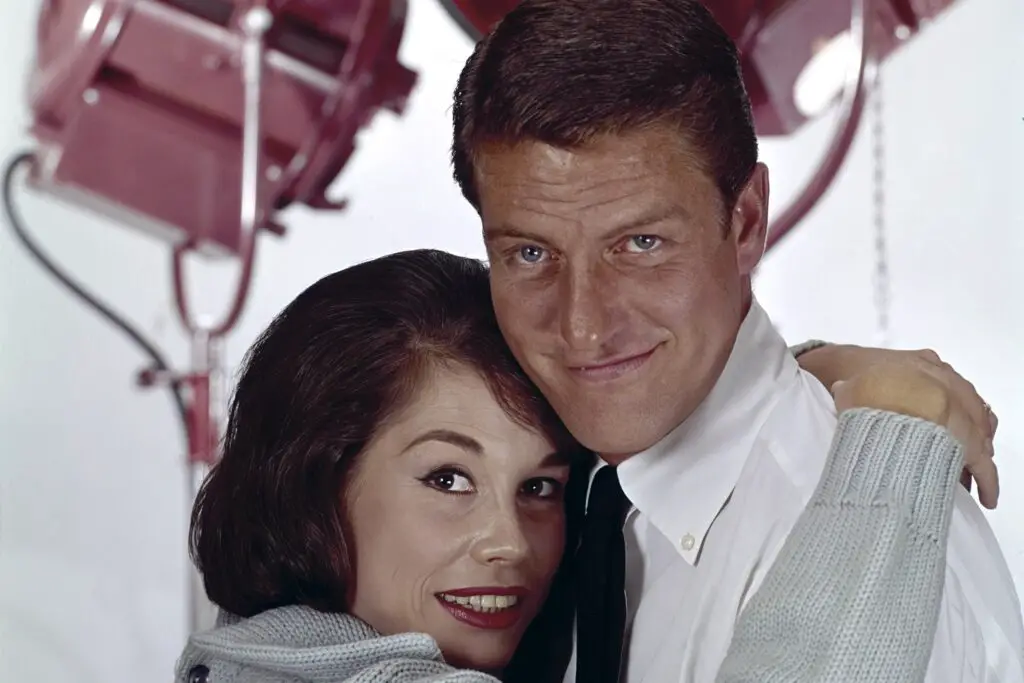
When The Dick Van Dyke Show was first created, Carl Reiner actually starred in the pilot as the main character. But network execs didn’t think Reiner had the right screen presence, and they weren’t impressed with the test episode. They shelved the idea, and it could’ve ended there.
But Reiner believed in the concept and let someone else—Dick Van Dyke—take the lead role instead. That change made all the difference. Van Dyke’s charm and comedic timing brought the character to life, and the show took off. Without that one casting switch, we might’ve never gotten one of the all-time sitcom classics.
11. The Addams Family Was Thought to Be Too Creepy
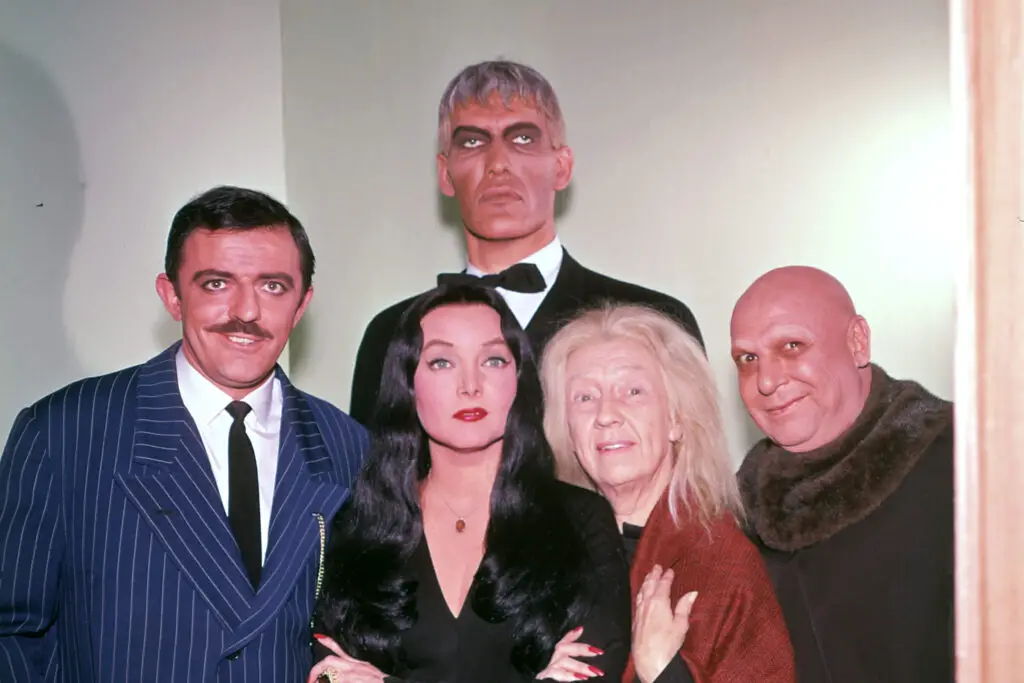
Before it became a beloved classic, The Addams Family gave ABC a lot of second thoughts. Executives were unsure about airing a show full of morbid jokes, a disembodied hand, and a family that enjoyed the macabre. Some even called it “offensive” to traditional family values.
But the show’s creators leaned into the weirdness and found humor in the darkness. Audiences, especially younger viewers, loved how different it felt from everything else on TV. It was quirky, but it had heart. And while it only lasted two seasons originally, its legacy has been long and delightfully spooky.
12. Bewitched Nearly Disappeared Because of a Nose Twitch
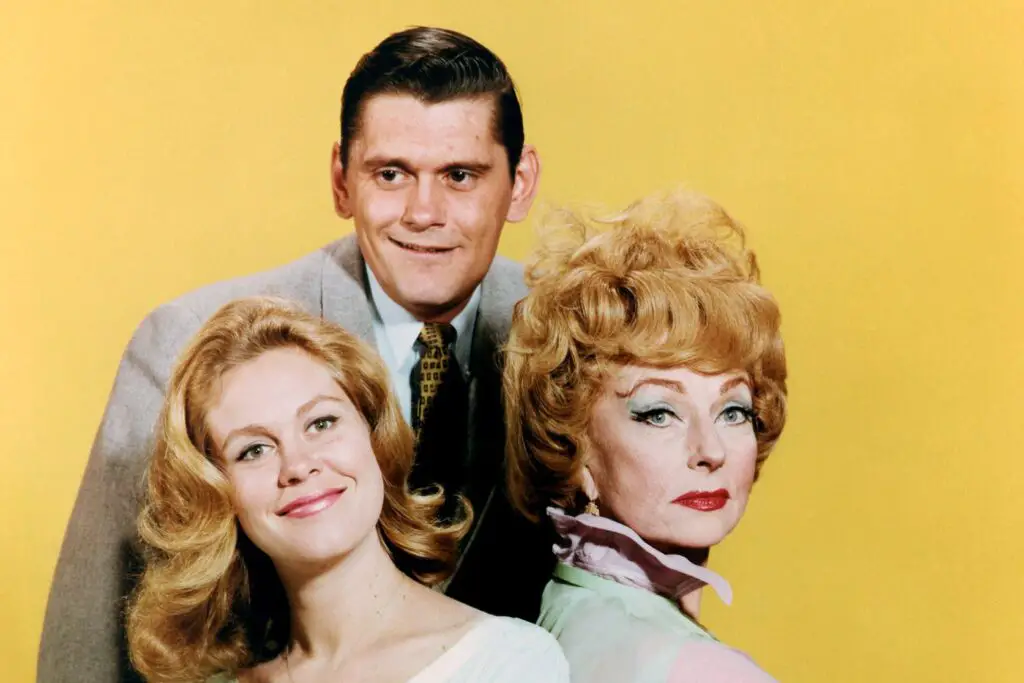
Bewitched had its own odd controversy: Samantha’s magical nose twitch. Some execs thought it was too “suggestive” and didn’t want it shown on screen. It sounds ridiculous now, but at the time, there were concerns that the gesture could be misinterpreted.
Elizabeth Montgomery and the producers stood firm. That little twitch was the character’s signature move—it made her instantly recognizable. Eventually, the network relented, and the twitch stayed. It became one of the most iconic gestures in TV history, and the show ran for eight seasons.
